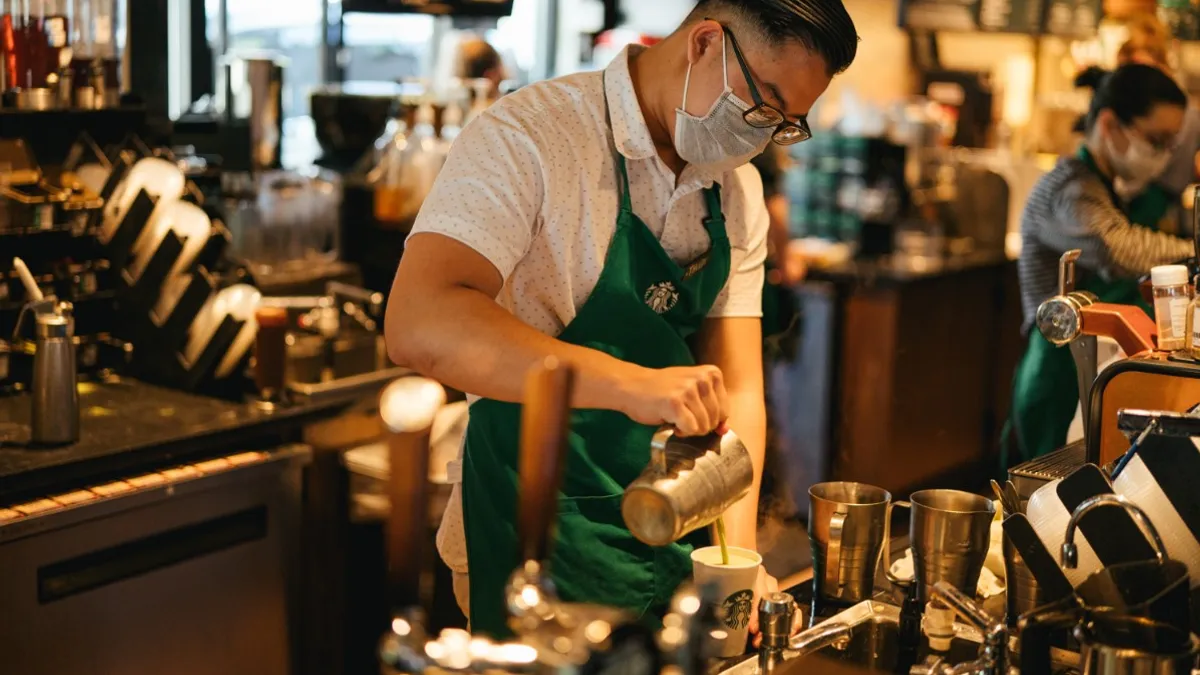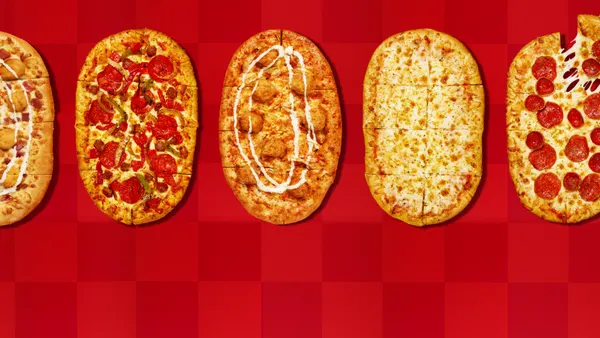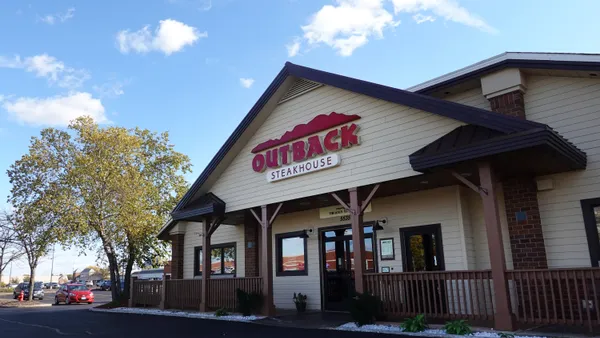Dive Brief:
- Starbucks reported a net loss of $678.4 million Tuesday for the quarter ended June 28, and revenue slipped 38% from Q3 2019 to $4.2 billion, according to a company release. U.S. same-store sales were down 40%, with comparable transactions down 52%. This was partially offset by a 25% spike in average ticket price.
- The coffee chain's GAAP operating margin for Q3 was a negative 16.7%, which the company linked to novel coronavirus-related costs, investments in retail partner support, along with restructuring its U.S. portfolio. Ninety-six percent of Starbucks' U.S. stores are currently open, and most have reduced hours and limited seating. The chain predicts U.S. same-store sales will recover more substantially in Q1 and Q2 2021, roughly one year following the start of the pandemic, if there are no additional waves of COVID-19 or economic crises, CFO Patrick Grismer said on a Tuesday earnings call.
- "We still have a long ways to go to get back to full recovery, but we’re optimistic based on the strength of our brand and the strategy and initiatives that we have to drive sales and improve margins," Grismer said, adding that Starbucks believes it will reach profitability once again during its current quarter.
Dive Insight:
Starbucks saw a shift in consumer behavior during the quarter, with fewer customers buying drinks in the morning as people worked from home and many schools remained closed. But CEO Kevin Johnson said on the company earnings call that these early-morning transactions, typically part of diner commutes, have shifted to later in the morning. It's a positive sign that demand for the chain's products is evolving, even though purchases from loyal customers have waned. Starbucks' active rewards members slipped from 5% compared to Q3 2019.
"As we see customer visits shifting from urban cafes to suburban drive-thrus, customers are also purchasing multiple beverages and food items on a single order, essentially a group order," he said. "These dynamics have contributed to a meaningful increase in average spend per order compared to pre-pandemic levels, leading to 25% average ticket comp growth for the quarter."
The chain is optimistic about this shifting consumer behavior. The 3,100 U.S. stores that remained open throughout all of Q3 saw strong sequential improvement, transitioning from a 14% decline in comp sales in May to 2% comp sales growth for July month-to-date, Johnson said.
Starbucks also opened 130 new global locations during the quarter. The chain recently stated that it will close up to 400 locations through 2021 and focus more on restaurants designed for mobile pickup, drive-thru orders and curbside pickup, which will help the coffee giant better adapt to growing consumer demand for low contact or contactless dining occasions as COVID-19 cases continue to surge in the U.S.
But executives noted that the volatility of the pandemic could continue to have adverse affects on sales. The company adjusted its projections for U.S. same-store sales for the remainder of fiscal 2020, predicting declines of 12% to 17%. Previously, Starbucks was bracing for reductions of 10% to 20%.
Despite a few bright spots for the period, Starbucks' U.S. same-store sales decline serves as a discouraging litmus test for the American restaurant industry. If a chain that is as deep-pocketed and digitally advanced as Starbucks is still seeing losses to this degree, the near future doesn't bode well for smaller chains and independent restaurants. Like Starbucks, other chains including Shake Shack are banking on additional off-premise-focused stores to return to growth as COVID-19 concerns hold steady. Starbucks' plans could result in trendy, independent coffee chains — once a thorn in the chain's side as consumers sought out less corporate coffee spots — losing out if they don't have the resources to adapt quickly.













